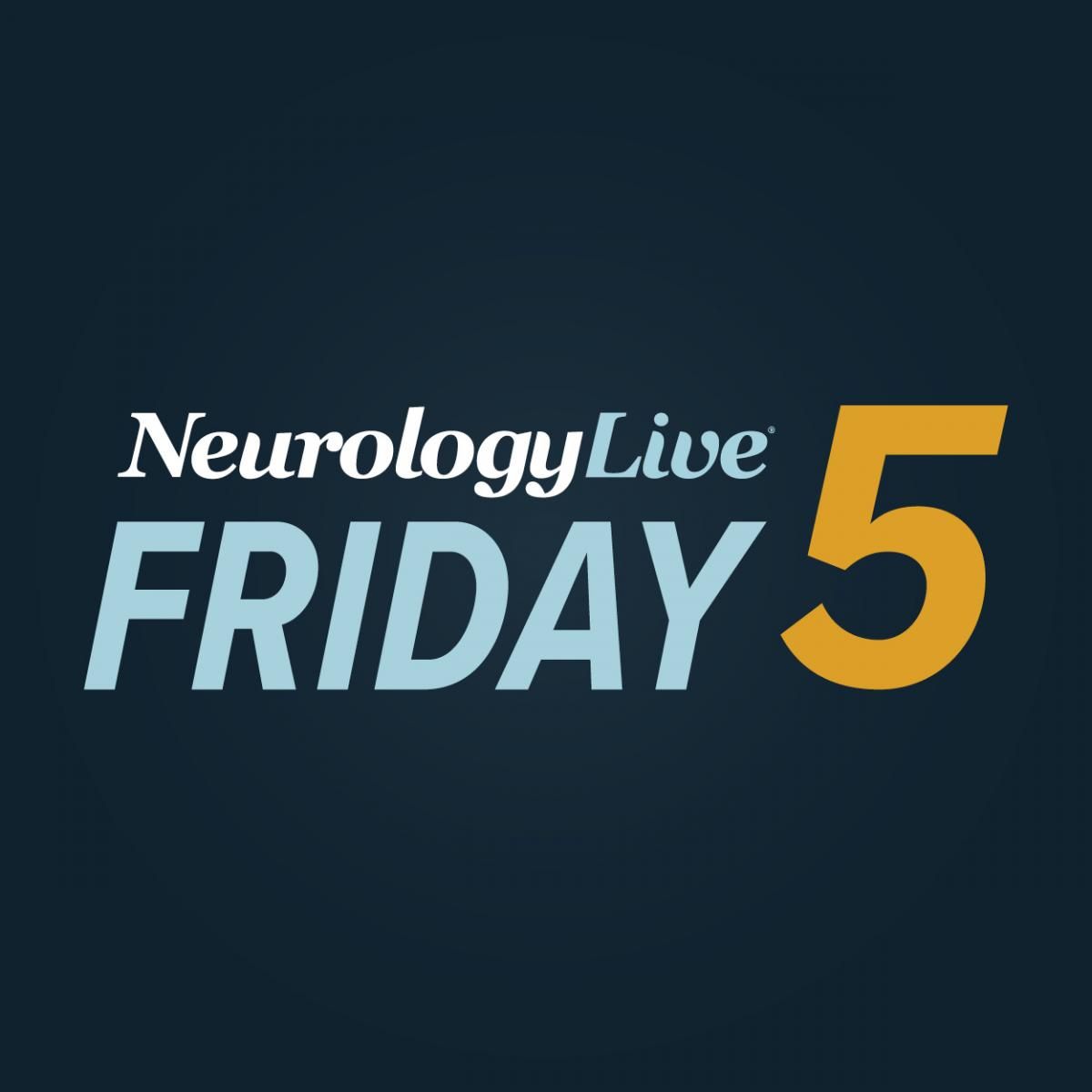News
Article
FDA Refuses to File Harmony’s Supplemental NDA of Pitolisant in Idiopathic Hypersomnia
Key Takeaways
- The FDA issued a refusal to file letter for pitolisant's supplemental NDA for idiopathic hypersomnia treatment.
- Phase 3 INTUNE study showed no significant difference in primary endpoint but efficacy in secondary endpoints.
Marketed as Wakix, the treatment is currently approved in the United States for excessive daytime sleepiness (EDS) or cataplexy in adults with narcolepsy and for EDS in pediatric patients aged 6 and older.
Kumar Budur, MD, MS
(Credit: Harmony Biosciences)

According to a new announcement, the FDA has given a refusal to file (RTF) letter to Harmony Biosciences for its supplemental new drug application (NDA) of pitolisant, a selective histamine 3 receptor antagonist/inverse agonist, for the treatment of excessive daytime sleepiness (EDS) among adult patients with idiopathic hypersomnia (IH). Additionally, the company noted that it is on track to initiate a phase 3 registrational trial of a higher-dose formulation of pitolisant for IH in the fourth quarter of 2025, with a target PDUFA date in 2028.1
“We were disappointed with the decision not to review our submission, especially given its potential benefit to patients with idiopathic hypersomnia, a rare disease where the only approved treatment option is a schedule 3, triple attestation REMS product and where the off-label use of stimulants is widely prevalent," Kumar Budur, MD, MS, chief medical and scientific officer at Harmony Biosciences, told NeurologyLive® in a recent interview. "The IH community recently engaged FDA in an Externally Led Patient Focused Drug Development Meeting (EL-PFDD) where the burden of the disease and the need for new, non-scheduled treatment options were the prevailing themes. In addition, the Hypersomnia Foundation and more than 650 members of the community signed a petition requesting FDA review of the file."
In October 2023, topline data reported from the phase 3 INTUNE study (NCT05156047) assessing pitolisant in patients with IH showed no statistically significant difference between the therapy and placebo in the primary end point of improving EDS. Despite these results, results revealed that the treatment reached statistical significance in additional prespecified end points including disease severity and functional status.2
In the study, approximately 83% of patients with IH who completed the 8-week open-label treatment period with pitolisant had a decrease of at least 3 points on the Epworth Sleepiness Scale (ESS) and an average ESS change from baseline of –9.4 points. During the 4-week double-blind randomized withdrawal period, pitolisant-treated patients achieved statistical significance in comparison with placebo across additional prespecified end points including the Idiopathic Hypersomnia Severity Scale and the Sleep Inertia Questionnaire.
"Our long-term business strategy has always been to extend our leadership in sleep/wake through the development of Pitolisant HD, an enhanced and higher-dose formulation of pitolisant, which represents the more significant opportunity for us in IH given its optimized profile and provisional patent filed out to 2044. We are on track to initiate the Phase 3 registrational trial of Pitolisant HD in IH in Q4 2025, with a target PDUFA date in 2028," Budur said. "We are confident this study, which was designed with input from FDA, will effectively demonstrate the benefit of Pitolisant HD in patients with IH. The INTUNE study was enrolled 9 months ahead of plan, and we have confidence in this timeline based on the IH community’s strong desire for a new treatment option."
INTUNE was conducted at 52 clinical trial sites across the U.S. with 213 adult patients enrolled in the study, of which 139 were randomized. Investigators evaluated the safety and efficacy of pitolisant compared with placebo in treating EDS as well as assessed the impact of the treatment on sleep inertia, daytime functioning, and cognitive performance. The study had 2 periods, an open-label period consisting of 3 weeks of dose titration, 3 weeks of dose optimization and 2 weeks of stable dose followed by a double-blind randomized withdrawal period. The efficacy assessments were performed during the last phase of the study and were analyzed to compare the difference between pitolisant and placebo from the end of stable dose period to the end of the withdrawal phase.
Overall, the safety and tolerability of pitolisant in adult patients with IH was consistent with the confirmed safety profile and had not observed any new safety signals among the patients. Following the double-blind period, approximately 88% of patients continued into the ongoing 12-month long-term extension study for further data analyses.
For more context on the established safety profile of pitolisant, the most common adverse events (AEs) observed in previous placebo-controlled trials of patients with narcolepsy with or without cataplexy were insomnia (6%), nausea (6%), and anxiety (5%).3 Other AEs occurring in at least 2% of treated patients and more frequently than placebo were headache, upper respiratory tract infection, musculoskeletal pain, heart rate increased, hallucinations, irritability, abdominal pain, sleep disturbance, decreased appetite, cataplexy, dry mouth, and rash.
“We continue to be encouraged by the totality of clinical data and the magnitude of the response that was observed during the initial open-label treatment period, where patients showed improvements on the Epworth Sleepiness Scale five times greater than clinically meaningful levels. Nearly 90% of patients chose to continue into the long-term extension study, with most achieving and maintaining normal wakefulness for over a year," Budur explained to NeurologyLive. "We believe the Phase 3 registrational trial of Pitolisant HD in IH will effectively demonstrate its benefits, based on the robust response observed in the Phase 3 INTUNE Study. We are grateful to the patients and clinicians who participated in the INTUNE Study, and our commitment to them remains steadfast."





